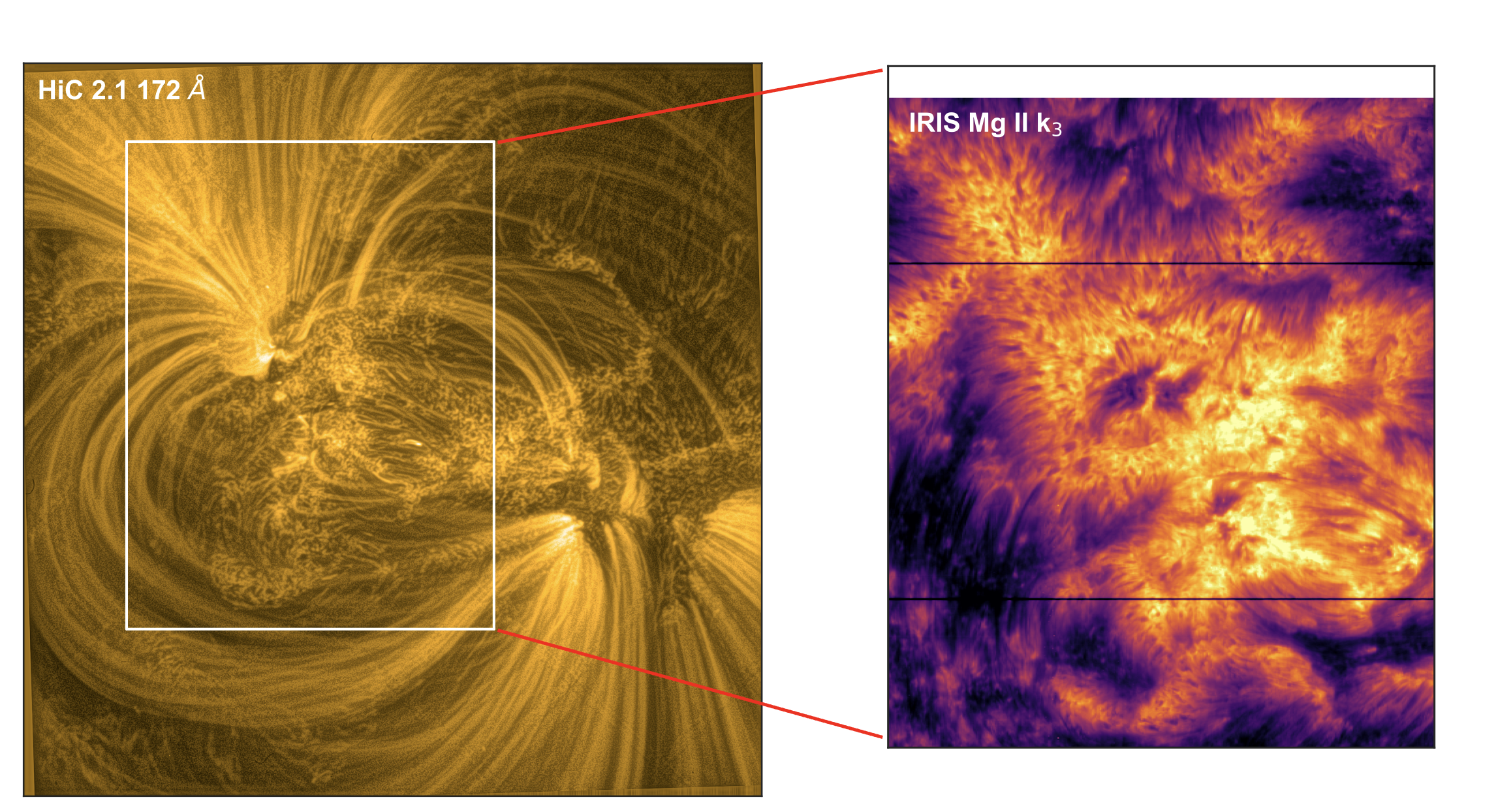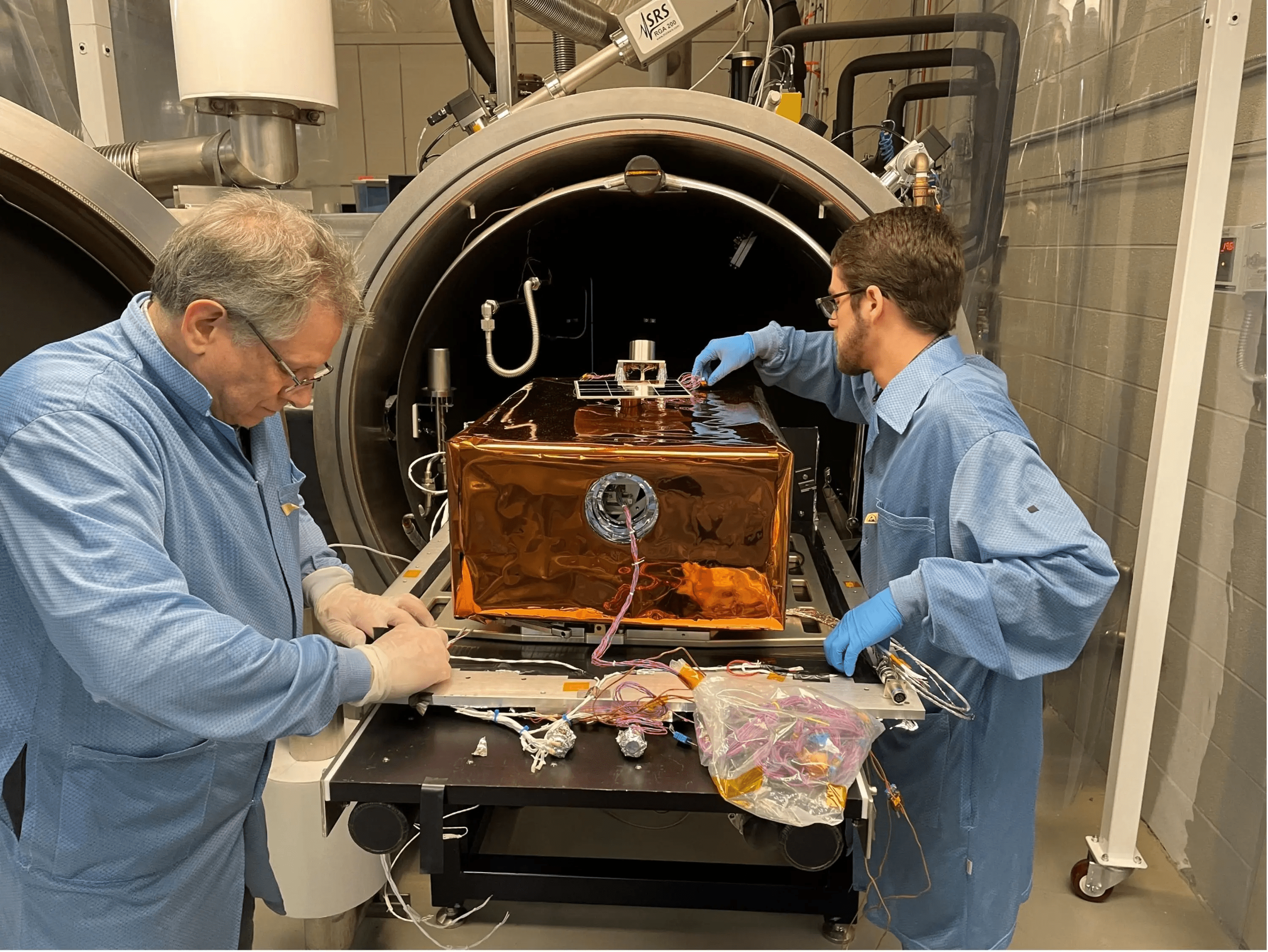5 min read
News Service
Purdue University
Writer:
Emil Venere, (765) 494-4709, venere@purdue.edu
Sources:
Marc Caffee, (765) 494-5381, mcaffee@physics.purdue.edu
Kuni Nishiizumi, (510) 643-9361, kuni@ssl.berkeley.edu
Purdue News Service:
(765) 494-2096; purduenews@purdue.edu
WEST LAFAYETTE, Ind. - Soil collected on the moon by Purdue University alumnus Eugene Cernan nearly 30 years ago has helped researchers at his alma mater and the University of California uncover new details about the workings of the sun.
Physicists at UC Berkeley and Purdue analyzed lunar soil samples for the presence of an element deposited on the moon's surface by the solar winds, a stream of particles constantly being ejected from the sun. The analysis revealed strong evidence that materials produced in the sun's atmosphere do not circulate farther into the interior of the sun before they are ejected, as some scientists have suggested. Instead, the materials are created in the atmosphere and then ejected directly outward, spreading throughout the solar system in the solar wind.
The findings will be reported in the journal Science on Friday (10/12), in a paper written by Kuni Nishiizumi, a researcher at UC Berkeley's Space Sciences Laboratory, and Marc Caffee, an associate professor of physics at Purdue.
The lunar soil was scooped up by Apollo 17 astronauts Cernan and Harrison Schmitt, who landed on the moon in 1972. They collected the largest lunar sample ever brought back to Earth - about 249 pounds of dirt now stored at the Johnson Space Center in Houston.
"The astronauts did a spectacular job," Caffee said, noting that robots are still no substitute for humans in space when it comes to completing complex assignments.
Cernan, who was the commander of Apollo 17, was the last man to walk on the moon. He earned a bachelor of science degree in electrical engineering from Purdue in 1956 and also holds an honorary doctorate from the university.
Nishiizumi and Caffee analyzed lunar soil for the presence of a radioactive form of the element beryllium called beryllium-10. Beryllium-10 is an isotope of beryllium; it contains four protons and six neutrons in its nucleus, unlike ordinary beryllium, which contains four protons and five neutrons. This radioactive, unstable form of beryllium decomposes in 1.6 million years, a period of time called its half-life. That means any beryllium-10 found in the lunar soil must have been deposited there long after the moon's creation, and much of it has come from the solar winds, Caffee said.
Beryllium-10 is produced in the sun's atmospheric layers - the chromosphere and corona - and eventually spewed out, along with numerous other constituents, in the solar wind.
"The sun is constantly shedding pieces of itself," Caffee said.
The Earth and other planets are shielded from the solar winds by their atmospheric envelopes and magnetic fields that surround some planetary bodies.
"The moon has no atmosphere and no magnetic field, so the solar wind is not kept in any way, shape or form from hitting the surface of the moon," he said.
The researchers extracted beryllium-10 from the lunar soil by treating the soil with nitric and hydrofluoric acids. Then, the precise quantity of beryllium-10 contained in the soil was determined by using a piece of equipment called an accelerator mass spectrometer.
The findings provided strong evidence that the beryllium, and therefore other constituents produced in the sun's atmosphere, are ejected shortly after they are produced in the atmosphere. Some researchers have suggested that materials produced in the sun's atmosphere are pulled into the sun's interior, where they circulate in convection currents for millions of years before making their way back to the sun's outer atmospheric layers.
The new findings contradict that theory, Caffee said.
Such findings will not only reveal details about the sun's workings, but they also will provide new insights into how the sun and the solar system were formed 4.5 billion years ago.
"Surprisingly, there are a lot of things we still don't know about the sun," Caffee said.
He and Nishiizumi are working on a new NASA mission called Genesis, a spacecraft launched this summer that will collect particles from the solar wind.
The spacecraft is expected to complete its mission within two years and return to Earth.
ABSTRACT
Beryllium-10 from the Sun
K. Nishiizumi and M.W. Caffee
Beryllium-10 (10Be) in excess of that expected from in situ cosmic ray spallation reactions is present in lunar surface soil 78481; its presence was revealed with a sequential leaching technique. This excess 10Be, representing only 0.7 to 1.1 percent of the total 10Be inventory, is associated with surface layers (<micrometer) of the mineral grains composing 78481. This excess 10Be and its association with surficial layers corresponds to (1.9 +/- 0.8) X 10^8 atoms per square centimeter, requiring a 10Be implantation rate of (2.9 +/- 1.2) X 10^-6 atoms per square centimeter per second on the surface of the Moon. The most likely site for the production of this excess 10Be is the Sun's atmosphere. The 10Be is entrained into the solar wind and transported to the lunar surface.







